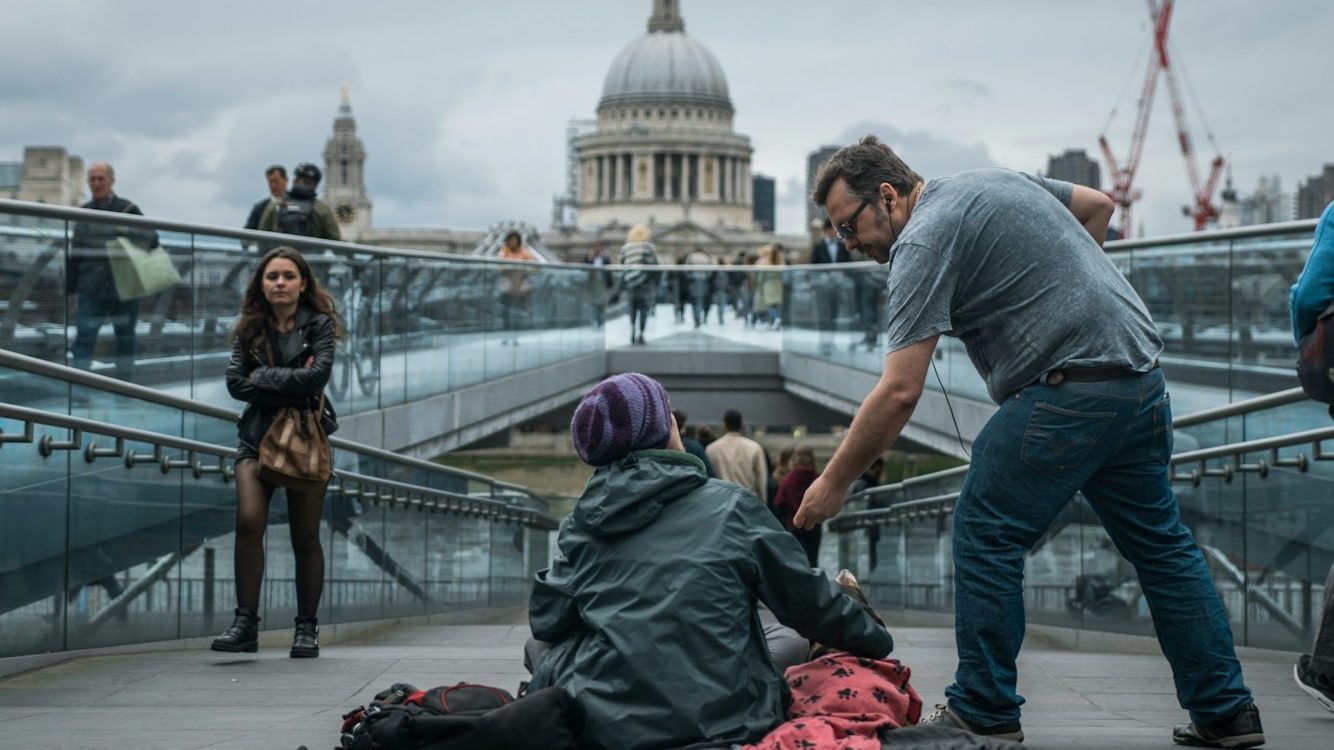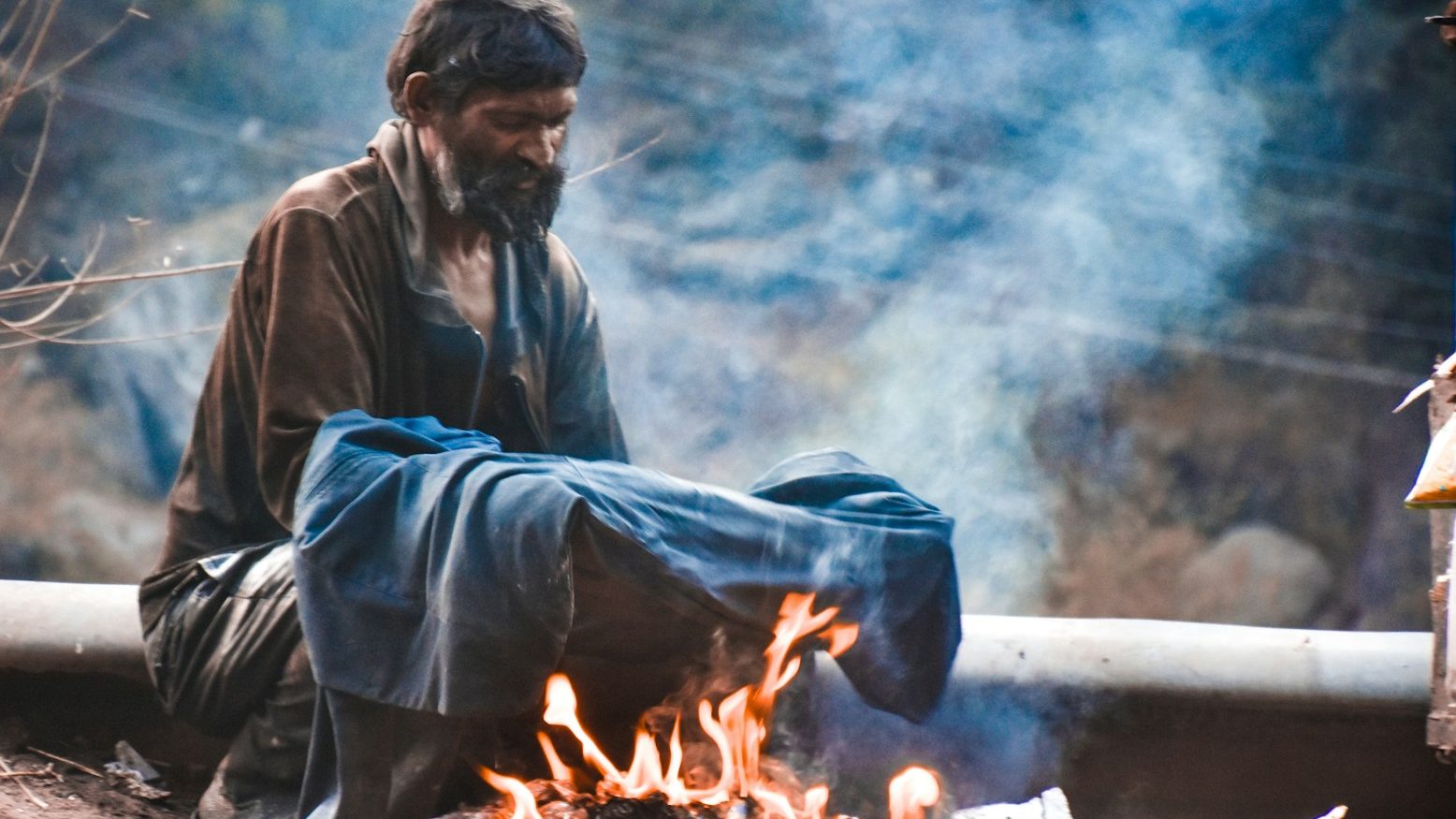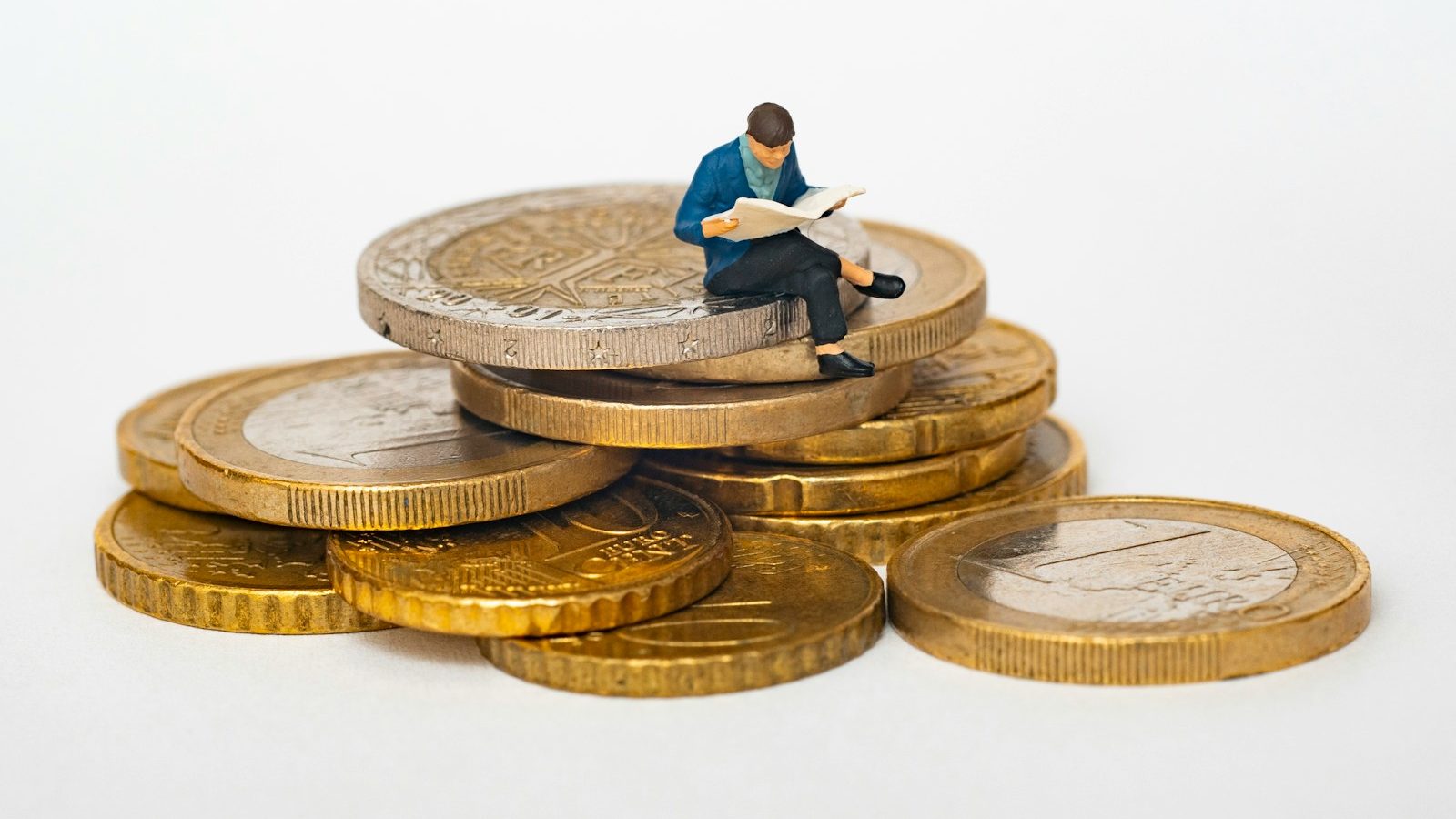Understanding the Stark Difference Between Rich and Poor: In society, “rich” and “poor” are often used to describe individuals who occupy opposite ends of the economic spectrum. While the rich enjoy financial abundance and can afford luxuries beyond their basic needs, the poor struggle to meet their fundamental requirements. This article explores the stark differences between the rich and the poor, shedding light on the economic disparities within our communities.
Defining Rich and Poor:
“Rich” typically refers to individuals with significant wealth and financial resources. These individuals have access to luxuries and comforts beyond the necessities of life, such as extravagant vacations, designer clothing, and high-end vehicles. Their financial abundance affords them the freedom to indulge in discretionary spending and enjoy a higher standard of living.
Conversely, the term “poor” is used to describe individuals who lack sufficient financial resources to meet their basic needs and maintain a decent standard of living. These individuals often struggle to afford necessities such as food, clothing, and shelter and may face challenges in accessing essential services such as healthcare and education. People with low incomes are disproportionately affected by economic inequality and may experience barriers to social mobility and upward economic mobility.

Factors Contributing to Economic Disparities:
The economic disparities between the rich and the poor are influenced by a variety of factors, including:
1. Income Disparities: One of the primary factors contributing to the gap between the rich and the poor is income inequality. The rich typically earn higher incomes through investments, business ownership, and executive salaries, while the poor may rely on low-wage employment or government assistance programs to make ends meet.
2. Access to Resources: The rich have greater access to financial resources, including savings, investments, and assets such as real estate and stocks. These resources enable them to accumulate wealth over time and build a financial cushion to weather economic downturns. In contrast, people experiencing poverty may lack access to savings and investments, making them more vulnerable to financial instability and hardship.
3. Education and Employment Opportunities: Education and employment opportunities significantly determine economic outcomes. The rich often have access to high-quality education and professional networks that facilitate career advancement and higher earning potential. In contrast, low-income people may face barriers to education and employment, limiting their ability to secure well-paying jobs and achieve financial security.
https://www.staravis.com/en/2021/07/12/public-health-care-system-cuba/4. Social and Economic Policies: Government policies and social programs can exacerbate or mitigate economic disparities. Policies such as progressive taxation, minimum wage laws, and social safety net programs aim to redistribute wealth and support low-income individuals and families. However, gaps in access to healthcare, affordable housing, and other essential services can perpetuate economic inequality and widen the divide between the rich and the poor.

Impacts of Economic Disparities:
The economic disparities between the rich and the poor have far-reaching consequences for individuals, communities, and society. Some of the critical impacts include:
1. Poverty and Financial Instability: Poverty affects millions of individuals worldwide, leading to inadequate nutrition, substandard housing, and limited access to healthcare and education. Financial instability can perpetuate cycles of poverty and make it difficult for individuals to break free from economic hardship.
2. Health Disparities: Economic inequality is closely linked to health disparities, with low-income individuals experiencing higher rates of chronic illness, mental health issues, and premature mortality. Limited access to healthcare services and preventive care exacerbates health inequalities and contributes to poorer health outcomes among people experiencing poverty.
3. Social Exclusion and Marginalization: Economic disparities can lead to social exclusion and marginalization, as individuals from low-income backgrounds may face stigma, discrimination, and limited opportunities for social and economic advancement. This can perpetuate cycles of disadvantage and undermine social cohesion and inclusivity.
4. Economic Growth and Stability: Economic inequality can negatively affect economic growth and stability. Widening income gaps can lead to reduced consumer spending, decreased social mobility, and increased social unrest, undermining society’s long-term prosperity and sustainability.

Addressing Economic Disparities:
Addressing economic disparities requires a multifaceted approach that addresses the root causes of inequality and promotes inclusive economic growth. Some strategies for reducing economic disparities include:
1. Investing in Education and Skills Development: Improving access to quality education and vocational training can equip individuals with the knowledge and skills to secure well-paying jobs and achieve economic security. Investing in lifelong learning opportunities can empower individuals to adapt to changing economic conditions and pursue career advancement.
2. Strengthening Social Safety Net Programs: Social safety net programs such as unemployment insurance, food assistance, and affordable housing can provide critical support to low-income individuals and families during economic hardship. Expanding access to healthcare and mental health services can improve health outcomes and reduce disparities in healthcare access.
3. Promoting Fair Wages and Workers’ Rights: Ensuring fair wages, benefits, and working conditions for all workers can help reduce income inequality and promote economic security. Minimum wage laws, paid family leave, and workplace protections can protect workers’ rights and improve living standards for low-income individuals and families.
4. Addressing Systemic Inequities: Addressing systemic inequities such as racial discrimination, gender inequality, and disparities in access to opportunity is essential for reducing economic disparities. Promoting diversity, equity, and inclusion in education, employment, and other sectors can create more equitable pathways to economic success for all individuals.

Conclusion:
The stark difference between the rich and the poor highlights the enduring challenges of economic inequality and social injustice. Addressing these disparities requires a concerted effort to address the root causes of inequality, promote inclusive economic growth, and create opportunities for all individuals to thrive. By investing in education, strengthening social safety net programs, promoting fair wages and workers’ rights, and addressing systemic inequities, we can build a more equitable and prosperous society for future generations.
Read also
- G7 opposes China’s “economic coercion”.
- Top 10 Richest Counties in the United States: An Overview of their Economic Success
- International Tea Day: The Cultural and Economic Significance
- Putin blasts ‘stupid’ Western sanctions as economic ‘blitzkrieg’
- Bryggen: Preserving the Hanseatic Heritage in Bergen, Norway
FAQs: Difference Between Rich and Poor
What defines someone as rich or poor?
The terms “rich” and “poor” generally refer to individuals with significant wealth and financial resources versus those lacking sufficient financial means to meet their basic needs.
How do the rich and poor differ in terms of financial resources?
The rich typically have ample financial resources, including savings, investments, and assets, allowing them to afford luxuries beyond their basic needs. In contrast, people experiencing poverty may struggle to meet their basic needs due to limited financial resources.
What are some examples of how the rich and poor spend their money differently?
The rich may spend money on luxury items, extravagant vacations, and high-end goods, while the poor may prioritize spending on essential needs such as food, clothing, and shelter.
What opportunities do the rich have that the poor may lack?
The rich often have greater access to education, employment opportunities, healthcare services, and other resources that can contribute to their financial success and upward mobility.
How do societal perceptions of the rich and poor differ?
Society may perceive the rich as successful, influential, and privileged, while the poor may face stigma, stereotypes, and discrimination based on their socioeconomic status.
What challenges do the poor face in meeting their basic needs?
The poor may struggle to afford adequate housing, nutritious food, healthcare, and education, leading to a cycle of poverty and economic hardship.
Can someone move from being poor to becoming wealthy?
While upward mobility is possible, it often requires access to opportunities, education, and resources that may be limited for people with low incomes. Systemic inequality and social barriers can impact one’s ability to improve one’s financial situation.
What role does government assistance play in supporting people experiencing poverty?
Government assistance programs such as welfare, food stamps, and housing subsidies aim to support low-income individuals and families, helping them meet their basic needs and improve their quality of life.
How does socioeconomic status impact access to healthcare and education?
Socioeconomic status can influence access to quality healthcare and education, with the rich often having greater access to private healthcare and prestigious educational institutions. At the same time, people with low incomes may rely on public services with limited resources.
What are some societal implications of the wealth gap between the rich and poor?
Economic inequality can contribute to social unrest, health disparities, and reduced economic mobility, highlighting the importance of addressing systemic issues and promoting equity and inclusivity in society.




